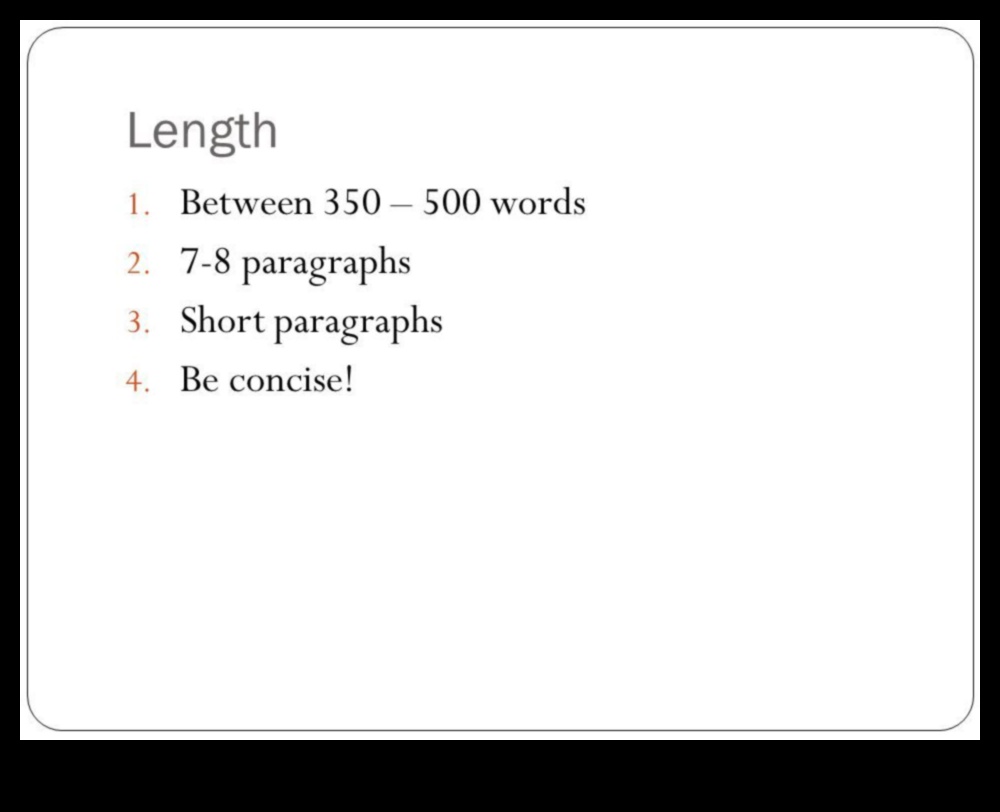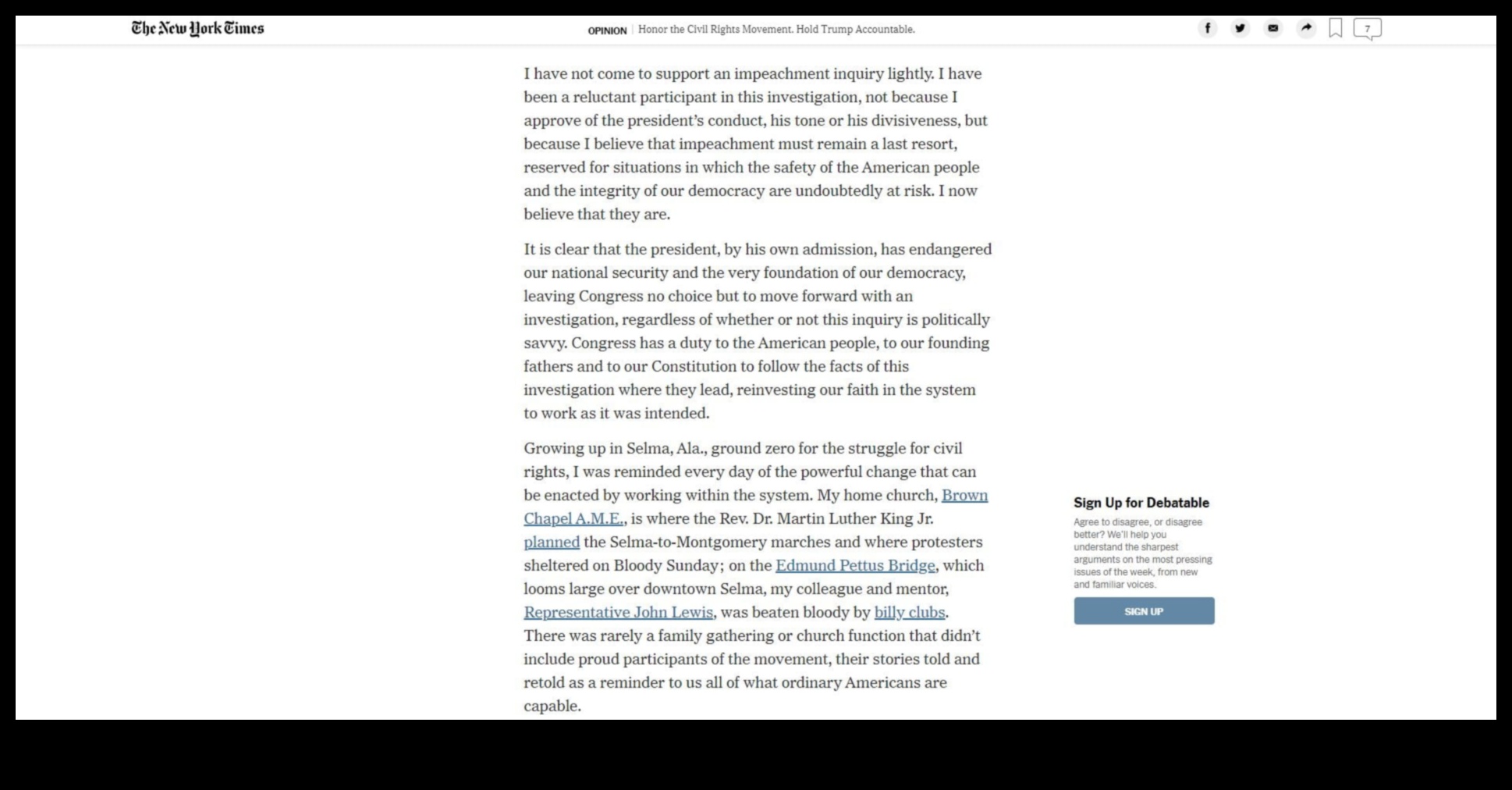
The ideal length for an editorial is a topic that is often debated. There is no one-size-fits-all answer, as the optimal length will vary depending on the publication, the audience, and the subject matter. However, there are some general guidelines that can help you determine the best length for your editorial.
In this article, we will discuss the factors that affect the ideal length of an editorial, and we will provide some tips for writing an effective editorial that is both informative and engaging.

Factors Affecting Editorial Length
There are a number of factors that can affect the ideal length of an editorial, including:
- The publication: The ideal length for an editorial will vary depending on the publication in which it is being published. For example, an editorial in a newspaper will likely be shorter than an editorial in a magazine.
- The audience: The ideal length for an editorial will also vary depending on the audience for whom it is being written. An editorial written for a general audience will likely be shorter than an editorial written for a specialized audience.
- The subject matter: The ideal length for an editorial will also vary depending on the subject matter. An editorial on a complex topic will likely be longer than an editorial on a simple topic.
Tips for Writing an Effective Editorial
In addition to considering the factors listed above, there are a few general tips that can help you write an effective editorial:
- Start with a strong hook: The first few sentences of your editorial are critical, as they will determine whether or not readers continue reading. Make sure to start with a strong hook that grabs readers’ attention and makes them want to learn more.
- Be clear and concise: Your editorial should be easy to read and understand. Avoid using jargon or technical terms that your readers may not be familiar with.
- Be engaging: Your editorial should be interesting and engaging. Use storytelling techniques to draw readers in and keep them interested.
- Be persuasive: Your editorial should be persuasive. Use evidence and logic to support your arguments and convince readers to agree with your point of view.

Conclusion
The ideal length for an editorial is a topic that is often debated. There is no one-size-fits-all answer, as the optimal length will vary depending on the publication, the audience, and the subject matter. However, by considering the factors listed above and following the tips provided, you can write an effective editorial that is both informative and engaging.
| Editorial Length | Word Count |
|---|---|
| Short | 200-300 words |
| Medium | 500-700 words |
| Long | 800-1,000 words |
| Very Long | 1,000+ words |

II. What is editorial length?
Editorial length refers to the number of words in an editorial. There is no one-size-fits-all answer to the question of how long an editorial should be, as the optimal length will vary depending on the publication, the topic, and the target audience. However, there are a few general guidelines that can help you determine the optimal length for your editorial.
First, consider the publication. If you are writing for a newspaper or magazine, your editorial will likely need to be shorter than if you are writing for a blog or website. This is because newspapers and magazines have limited space, so they need to be able to fit as much content as possible into a small space. Blogs and websites, on the other hand, have more flexibility in terms of length, so you can afford to write longer editorials.
Second, consider the topic. Some topics are more complex than others, and will require more words to explain in detail. For example, an editorial about the history of the United States will need to be longer than an editorial about the benefits of using a particular type of software.
Finally, consider the target audience. If you are writing for an audience of experts, you can afford to write longer editorials that contain more in-depth information. However, if you are writing for a general audience, you will need to keep your editorials shorter and more concise.
II. What is editorial length?
Editorial length refers to the number of words in an editorial. There is no one-size-fits-all answer to the question of how long an editorial should be, as the ideal length will vary depending on the publication, the topic, and the target audience. However, there are a few general guidelines that can help you determine the optimal editorial length for your blog posts.
First, consider the publication. If you are writing for a magazine or newspaper, your editorial will likely need to be shorter than if you are writing for a blog. This is because magazines and newspapers have limited space, so they need to be able to fit as much content as possible into each issue. Blogs, on the other hand, have more flexibility in terms of length, so you can afford to write longer editorials.
Second, consider the topic. Some topics are more complex than others, and will require more words to explain in detail. For example, an editorial about the history of the United States will need to be longer than an editorial about the benefits of using a smartphone.
Finally, consider the target audience. If you are writing for a general audience, your editorial will need to be more accessible than if you are writing for a niche audience. This is because general audiences are more likely to be unfamiliar with the topic, so you will need to take the time to explain it in detail.
By considering these factors, you can determine the optimal editorial length for your blog posts. Remember, there is no right or wrong answer, the best length is the one that best suits your publication, topic, and target audience.

IV. How to determine the optimal editorial length for your blog posts
There is no one-size-fits-all answer to the question of how long an editorial should be. The optimal length will vary depending on a number of factors, including your target audience, your industry, and the purpose of your editorial.
However, there are a few general guidelines that you can follow to help you determine the optimal length for your blog posts.
Your target audience: The length of your editorial should be appropriate for your target audience. If you are writing for a general audience, you will want to keep your posts relatively short, around 500-700 words. If you are writing for a more specialized audience, you can afford to be a bit longer, up to 1,000-1,500 words.
Your industry: The length of your editorial should also be appropriate for your industry. In some industries, shorter posts are more common, while in others, longer posts are more common. Do some research to see what the typical length of blog posts is in your industry.
The purpose of your editorial: The purpose of your editorial will also affect its length. If you are simply trying to provide information, you can keep your posts shorter. If you are trying to persuade or inspire your readers, you may need to write longer posts.
Once you have considered these factors, you can start to draft your editorial. As you write, keep an eye on the length and make sure that it is appropriate for your target audience, your industry, and the purpose of your editorial.
Here are a few additional tips for writing blog posts that are both informative and engaging:
* Use clear and concise language.
* Break up your text with headings and subheadings.
* Use images, videos, and other visuals to support your points.
* Encourage your readers to comment and share your posts.
By following these tips, you can write blog posts that are both informative and engaging, and that will help you reach your target audience.
5. Examples of well-written blog posts with different editorial lengths
Here are some examples of well-written blog posts with different editorial lengths:
-
A short blog post (500 words): How to Write a Blog Post
-
A medium-length blog post (1,000 words): The Importance of Blogging for Business
-
A long-form blog post (2,000 words): The Complete Guide to Blogging
Each of these blog posts is well-written and informative, and they each offer something different to the reader. The short blog post is a quick and easy read that provides basic information on how to write a blog post. The medium-length blog post provides more in-depth information on the importance of blogging for business. And the long-form blog post provides a comprehensive guide to blogging.
These are just a few examples of well-written blog posts with different editorial lengths. When you’re writing your own blog posts, it’s important to consider the length of your content and to make sure that it’s appropriate for your target audience.
6. What is the ideal length of an editorial?
There is no one-size-fits-all answer to the question of what is the ideal length of an editorial. The optimal length will vary depending on the publication, the audience, and the topic of the editorial.
However, there are some general guidelines that can help you determine the best length for your editorial.
First, consider the publication. If you are writing for a newspaper or magazine, your editorial will likely need to be shorter than if you are writing for a blog or website. This is because newspapers and magazines have limited space, so they need to be able to fit as many articles as possible into each issue.
Second, consider the audience. If you are writing for a general audience, your editorial will need to be more concise and easy to understand than if you are writing for a specialized audience. This is because people who are not familiar with the topic of your editorial may not have the time or the patience to read a long, complex article.
Finally, consider the topic of your editorial. Some topics are inherently more complex than others, and will require more space to cover in depth. If you are writing about a complex topic, you will need to give yourself enough room to fully explore the issue.
Ultimately, the best way to determine the ideal length for your editorial is to experiment and see what works best for you. Write a few different versions of your editorial, each with a different length, and then ask for feedback from friends, family, or colleagues. The version that is the most well-received is likely to be the best length for your editorial.
VII. How to promote your blog posts to get more readers
Once you have written and published your blog posts, it is important to promote them so that they can be seen by as many people as possible. There are a number of ways to do this, including:
- Sharing your posts on social media
- Submitting them to relevant directories
- Reaching out to other bloggers in your niche
- Running paid advertising campaigns
By following these tips, you can increase the visibility of your blog posts and attract more readers.
VIII. How to track the performance of your blog posts
Once you’ve published your blog posts, it’s important to track their performance so that you can see what’s working and what’s not. This information can help you fine-tune your content strategy and create more effective blog posts in the future.
There are a number of ways to track the performance of your blog posts, including:
- Google Analytics
- WordPress Stats
- Social media analytics
- Email marketing analytics
Each of these tools will provide you with different insights into the performance of your blog posts, so it’s important to use a combination of tools to get the most comprehensive picture.
Here are some specific metrics that you should track for each of your blog posts:
- Page views
- Unique visitors
- Bounce rate
- Time on page
- Social shares
- Email subscribers
By tracking these metrics, you can see which blog posts are the most popular and which ones are not resonating with your audience. This information can help you make informed decisions about what topics to cover in your future blog posts and how to improve your content writing.
IX. Conclusion
In this article, we have discussed the importance of editorial length for SEO and how to determine the optimal length for your blog posts. We have also provided tips for writing blog posts that are both informative and engaging, and for promoting your blog posts to get more readers.
By following these tips, you can create blog posts that will help you achieve your marketing goals.
Editorial Length: The Ultimate Guide
Introduction
When it comes to writing blog posts, one of the most important decisions you’ll make is how long to make them. There are a lot of factors to consider, including your target audience, your purpose for writing the blog post, and your own writing style.
What is Editorial Length?
Editorial length refers to the number of words in a blog post. There is no one-size-fits-all answer to the question of how long a blog post should be, but there are some general guidelines that you can follow.
Why is Editorial Length Important for SEO?
The length of your blog posts can impact your SEO rankings in a number of ways. First, longer blog posts tend to rank higher in search engine results pages (SERPs) than shorter blog posts. This is because longer blog posts provide more information to searchers, which makes them more likely to click on the link and read the post.
How to Determine the Optimal Editorial Length for Your Blog Posts
There are a few factors to consider when determining the optimal editorial length for your blog posts. These factors include your target audience, your purpose for writing the blog post, and your own writing style.
Examples of Well-Written Blog Posts with Different Editorial Lengths
Here are a few examples of well-written blog posts with different editorial lengths:
- How to Write a Blog Post (2,500 words)
- How to Write an Effective Blog Post (1,500 words)
- How to Write a Blog Post That Will Get Noticed (1,000 words)
Tips for Writing Blog Posts that are Both Informative and Engaging
When you’re writing a blog post, it’s important to make sure that it’s both informative and engaging. Here are a few tips for writing blog posts that will keep your readers interested:
- Start with a strong hook.
- Write in a clear and concise style.
- Use visuals to break up your text.
- Promote interaction with your readers.
How to Promote Your Blog Posts to Get More Readers
Once you’ve written a great blog post, it’s important to promote it so that people actually read it. Here are a few tips for promoting your blog posts:
- Share your blog posts on social media.
- Submit your blog posts to directories.
- Write guest posts on other blogs.
- Reach out to influencers in your industry.
How to Track the Performance of Your Blog Posts
It’s important to track the performance of your blog posts so that you can see what’s working and what’s not. Here are a few ways to track the performance of your blog posts:
- Use Google Analytics to track your website traffic.
- Use social media analytics to track your social media engagement.
- Use email marketing analytics to track your email open rates and click-through rates.
Conclusion
The length of your blog posts is an important consideration, but it’s not the only factor that matters. Ultimately, the best blog posts are